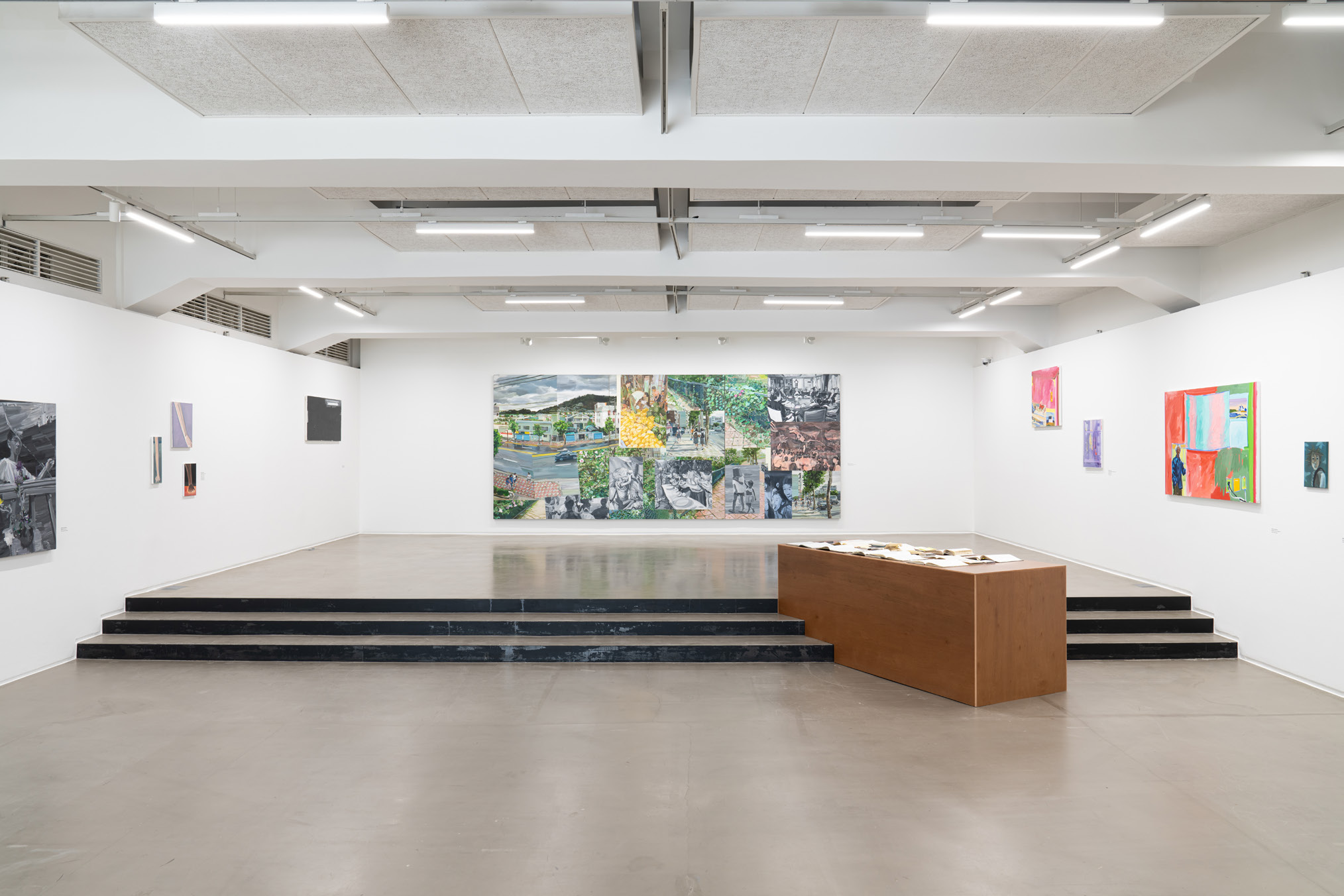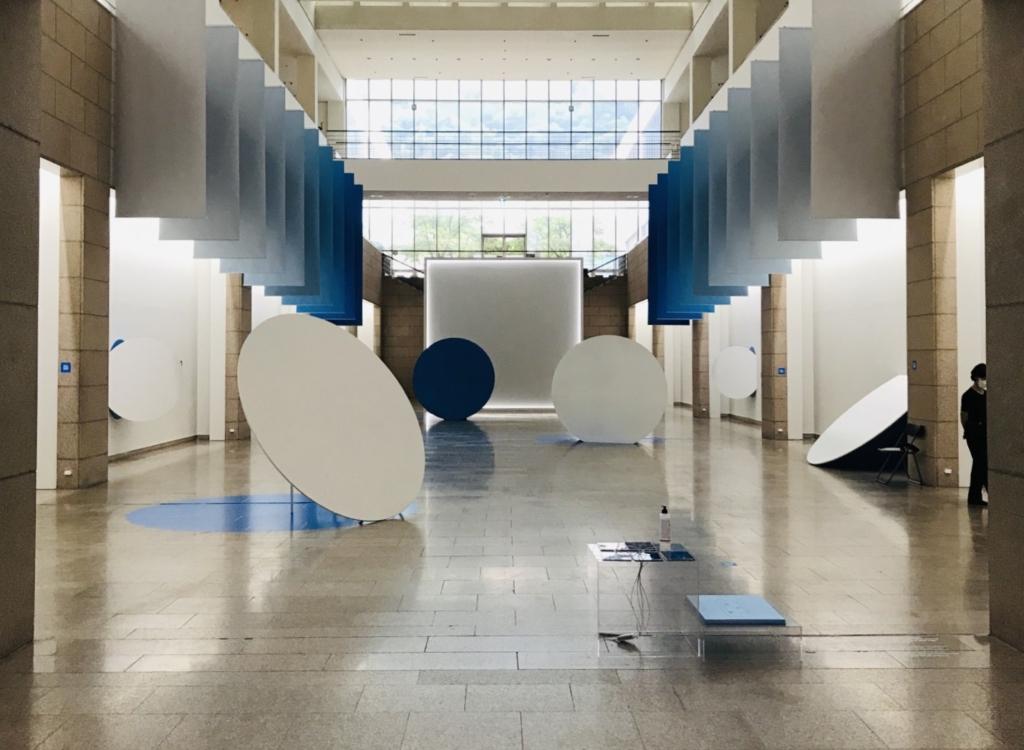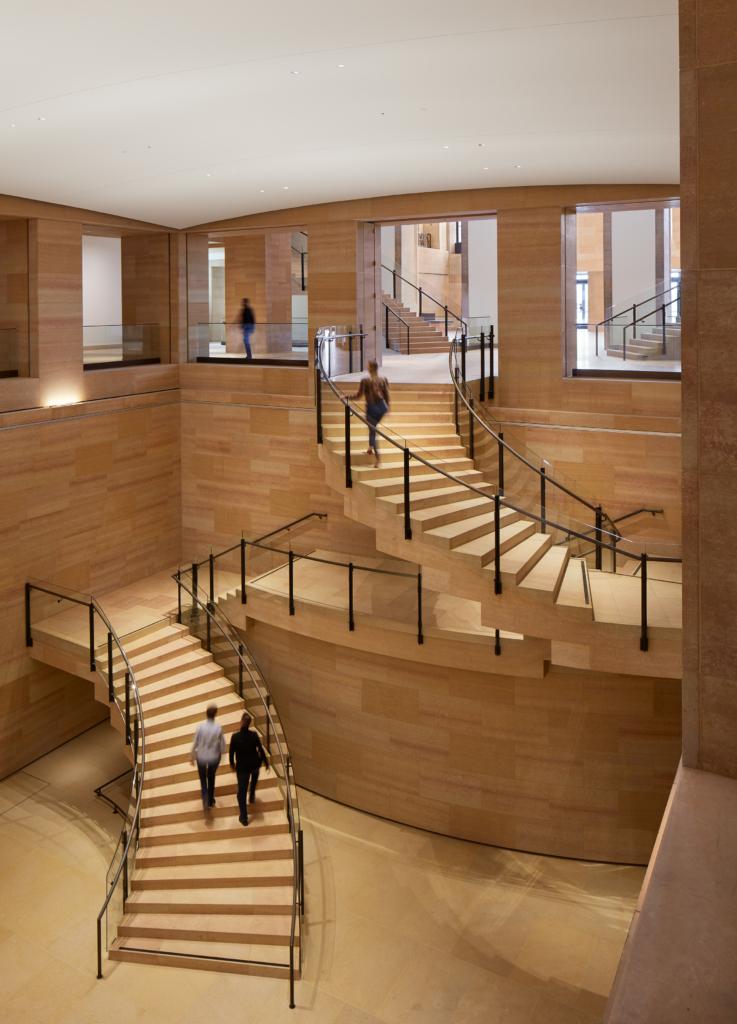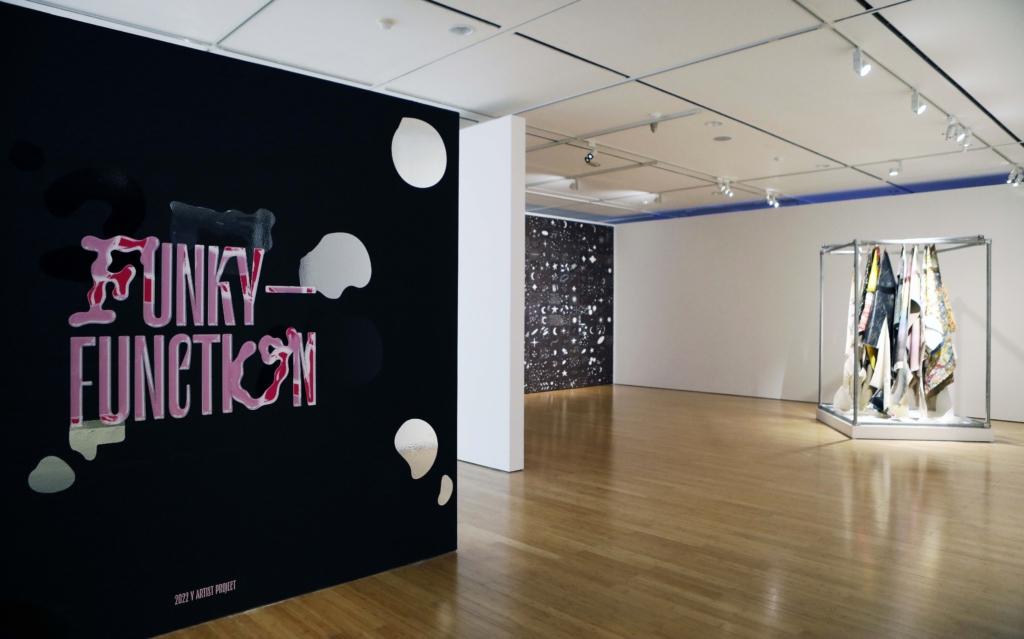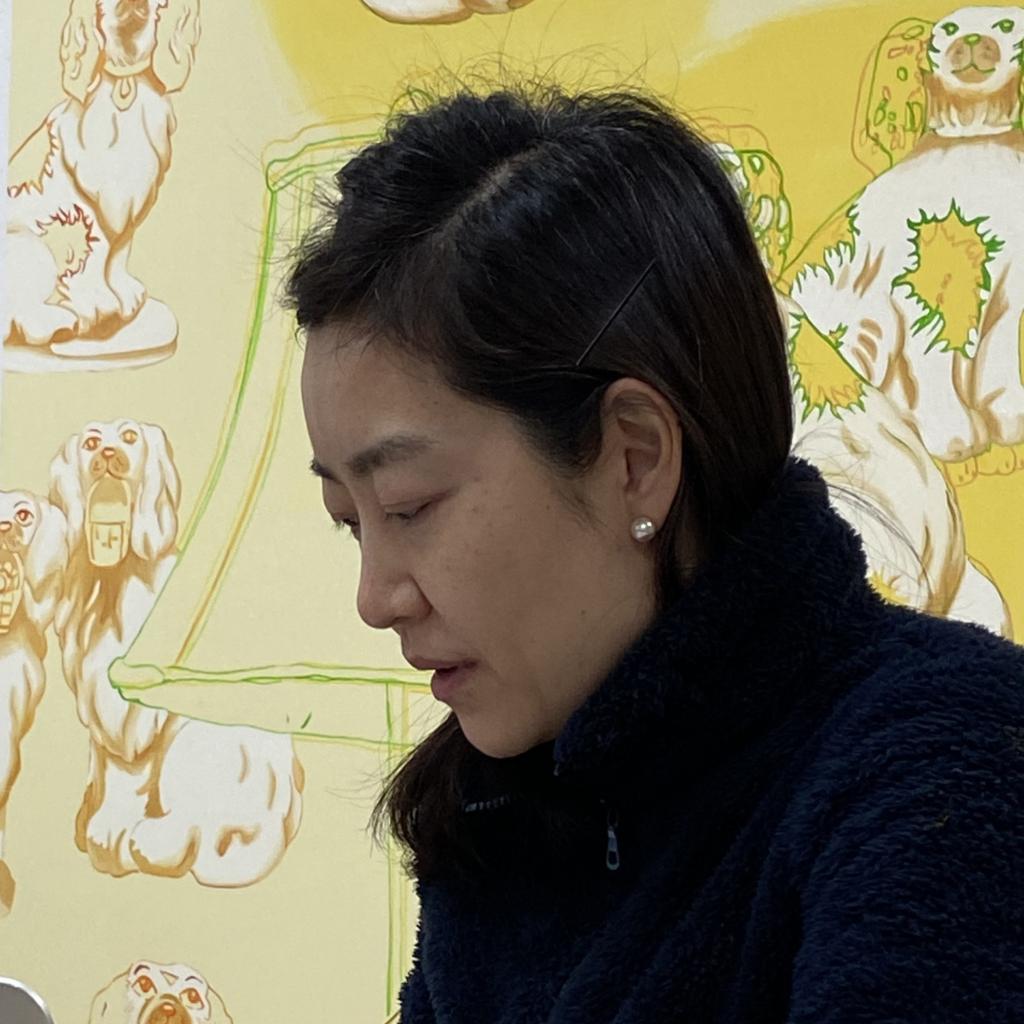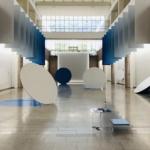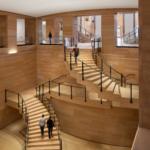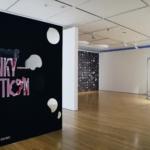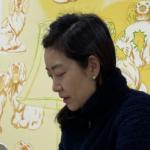"Hysteria: Contemporary Realism Painting" at the Ilmin Museum of Art Examines the Issue of Representation in Contemporary Painting in Korea
The Ilmin Museum of Art attempts to investigate this issue of representation in contemporary art through the group exhibition of thirteen painters, Hysteria: Contemporary Realism Painting, on view from April 14 through June 25, 2023.
Most people have the experience of drawing reality and ideals, either by drawing the objects around them or their emotions at any given moment. At least once in our childhood, we attempted to replicate a drawing of our favorite animated character or scribbled the faces of our friends on the corner of our textbooks. This motive for drawing something is universal. Transferring an observed subject into an image inevitably presents the problem of representation, but this movement has not been properly discussed in the art discourse in Korea.
As an attempt to investigate this issue of representation in contemporary art, the Ilmin Museum of Art has opened a group exhibition of thirteen painters, Hysteria: Contemporary Realism Painting, which will be on view from April 14 through June 25, 2023.
The exhibition focuses on “realism” painting by examining how the motive of representation is reflected in art today, as well as how contemporary Korean painters perceive and express the issue of representation in their own unique way.
In this exhibition, “realism” refers to the artistic style through which the artists depict a world built through objective and empirical observation. As there are numerous ways to visualize truth and reality, various attempts have been made throughout the history of painting to convey precise and accurate representations of scenes and objects.
Realism can entail capturing contemporary life through detailed and unembellished depictions, attempting to reproduce the senses experienced at a certain moment, or exposing the inherent absurdity of contemporary society. Like this, the mode of reality has changed greatly depending on the point of view, time, and place.
Hysteria: Contemporary Realism Painting provides an opportunity to reexamine institutionalized realism art in Korea, which has not been adequately examined in its art history. By displaying the works of young and emerging artists alongside those of mid-career artists who have explored the genre, the exhibition aims to trace the genealogy of Korean contemporary realism painting. It also attempts to discover the value of contemporary painting in a newly recognized context that can be referred to as “extended realism” and explores the visuality associated with today’s world.
The exhibition features approximately 100 works by thirteen artists, including Choi Gene Uk, Yeesookyung, Chung Suejin, Roh Choonghyun, Noh Sangho, Son Hyunseon, Lee Jaeseok, Lim Nosik, Jung Soojung, Ham Sungju, Kim Minhee, Cho Hyori, and Kim Hyewon, who explore figurative painting, which is re-emerging as a subject of meaningful examination among many contentious theories.
The exhibition begins with Choi Gene Uk’s Beginning of the Painting (1990) on the first floor, alongside the works of Ham Sungju and Lim Nosik.
Since the early 1990s, Choi Gene Uk (b. 1956) has been depicting scenes from everyday life on canvas, focusing on subjects he is familiar with, such as his studio, the corner of his room, or even himself. These subjects are the things that hint at the artist’s identity.
While the artist Choi Gene Uk sought reality within his own image and his workroom, Ham Sungju (b. 1990), a member of a younger generation of artists born in the 1990s, discovered contemporary reality through the images beyond the screens. The artist experiments with the changes in the form and meaning of images when they are viewed on a digital screen, ranging from popular 1990s video games to recent video content.
Like Choi Gene Uk, Lim Nosik (b. 1989) captures scenes from his workroom. The artist implies and proves his identity as a painter with the image of his studio. The artist makes an effort to bring the subject into physical and psychological alignment with the act of painting or experiments with the gap between the subject and the action. For example, we believe we are looking at an accurate representation of an object, but as we observe it, our minds begin to embellish the image. Lim contemplates the difference between the actual image and our perception of it and then transfers this concept to canvas.
A large hanging work by Jung Soojung (b. 1990) greets visitors in the lobby space of the first and second floors. Jung creates mystical paintings, alluding to a vast array of image sources and structures that appear in cartoons, animations, movies, the Internet, and classics, such as historical paintings, religious paintings, cartoon cuts, and the structure of films. Through these images, Jung attempts to reveal speculative and secret ideas related to human nature, power, and equality. Her portraits and still-life paintings focus on conveying the individuality and emotions of a person and object, expressing the unique characteristics of the subject in a narrative manner.
The paintings of Yeesookyung (b. 1963) share some similarities with Jung’s magical paintings. Yeesookyung is well known for her sculpture series called “Translated Vase,” but she has been experimenting with painting for a long time. The artist ponders what reality really is, as, to the artist, today’s world consists not only of visible things but also of shapeless masses. If what we experience is real, then the same can be said for our dreams, making the experience of a previous life also a reality.
The works of Kim Hyewon (b. 1993), on view at the entrance of the second floor, depict daily scenes using photos taken with smartphones. As a result of the widespread availability of smartphones, photography has become a universal language that is accessible to anyone. Therefore, the artist focuses more on how to depict the scenes captured through smartphones than on the subject matter. While the captured scenes and subjects are as neutral as possible, Kim places greater emphasis on the style and method of depicting the images.
Since the early 2000s, artist Roh Choonghyun (b. 1970) has been exploring the relationship between photography and painting by translating landscapes captured in photographs into paintings. Roh takes pictures of the Han River and the empty lot in the city’s center and re-expresses the scenes as paintings, capturing the geographical features of the city. To capture the reality of the city, the artist relies on the optical technology of the camera, expressing the image as a flat surface with unclear depth but with a sense of emptiness, wideness, and horizontality.
While Roh Choonghyun and Kim Hyewon captured reality by translating photographic images into paintings, Son Hyunseon (b. 1987) repeatedly painted a subject to clarify their images. The paintings depict objects that rotate, such as ceiling fans or a truck mixer for ready-mixed concrete, or subjects that endlessly flow, such as water. For the artist, to paint these moving objects is to take away the temporality of the objects. In other words, the artist captures the moment at which his actions and the object repeatedly intersect.
The paintings of Chung Suejin (b. 1969) are filled with various images. Chung has been developing her own unique way of creating paintings that traverse the line between abstract and figurative art. Images that seem unrelated to each other are often depicted in her paintings. Seemingly irrelevant images such as people, twisted pipes, waves, and bottled drinks repeatedly appear in her works, but they do not have any meaning or connection with each other. The images only exist as colors and shapes and are arranged according to the structure created by the artist.
The works of Lee Jaeseok (b. 1989) also combine unrelated images. Lee depicts the body, memories, and life experiences with symbols such as gun parts, body organs, military tents, and natural objects such as trees, rocky mountains, and waves. The artist’s military experience sparked his interest in the functional similarities between gun parts and body organs, which later expanded to the connection between natural objects and game elements. Instead of incorporating emotion into the artwork, the artist focuses on depicting objects in reality and harmoniously arranging them on the canvas.
On the third floor, the works of Kim Minhee (b. 1991) remind us of Japanese animation. Kim began to paint in the late 1990s when Japanese popular culture was rapidly gaining popularity in South Korea. Greatly influenced by popular culture, Kim applies visual elements from cartoons, animations, games, and K-pop, particularly female characters, and deliberately depicts the images of these female characters as still images that are infinitely repeated within a frame. She often overlaps images of various female characters, reconstructing them into a new person.
Artist Noh Sangho (b. 1986) obsessively collects numerous images from social media and the Internet and then draws them quickly into new paintings. Through painting, he reconstructs the disparity between today’s real world and the virtual world buried in excessive images. The artist arranges and reconstructs images appearing in various media to provide a source of stories that viewers can interpret.
For the artist Cho Hyori (b. 1992), the canvas space is where the sense of unreality can be reproduced. By using the canvas as a window, the artist captures the various illusory spaces that people encounter today. Cho first creates 3D drawings using a 3D program during the conception stage of the work and conceives the work as a 3D structure, keeping in mind angles and off-screen scenes that are not typically seen in paintings.
Related Links
Aproject Company. Co., Ltd | Founder & CEO : Jay Jongho Kim
216 Dosan-Daero, B2F, Gangnam-gu, 06047 Seoul, Korea
Business Number : 894-88-01945
Contact : aproject.company@gmail.com
Mail-order-sales registration number : 제 2021-서울강남-04243 호











